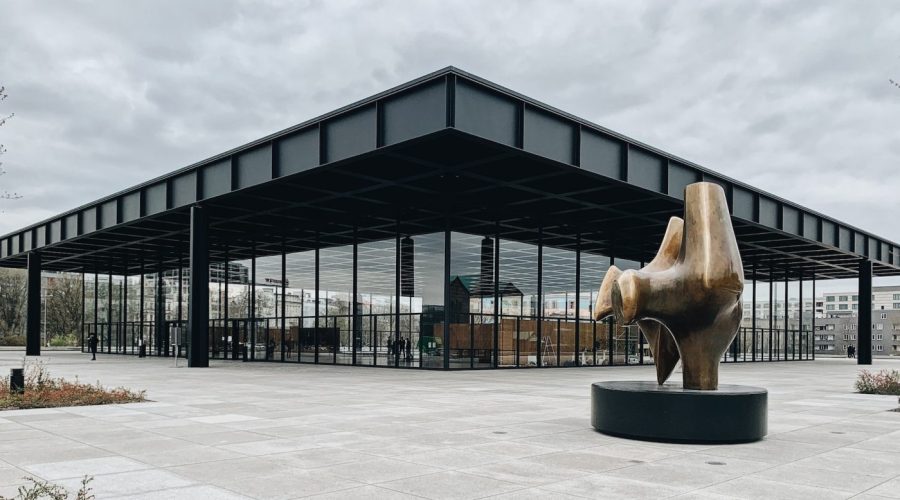What is the History and Significance of Kunsthaus Tacheles in Berlin?
Introduction
Is there any of you out there at all familiar with Tacheles, an art gallery / artistselfare program in Berlin, GER? If you’re not, then you are about to be treated. Today, we are going to talk about remarkable history and importance of the wonderful art center, which became a symbol of the expression of art in Berlin.
The Birth of Kunsthaus Tacheles
Tacheles is Kunsthaus, situated on Oranienburger Straße and originally a department store that was abandoned after WWII. In the late 1990s a bunch of artists found this abandoned building and turned it in to a thriving art space that drew visitors from both the community and national visitors.
A Haven for Artists
As the news spread about Kunsthaus Tacheles, soon it turned into a melting pot for artists of following the particular disciplines and nationalities. The building had reasonable studio space, an exhibition space and performance venues, where the artists could be in total creative control.
The Artistic Atmosphere
It was like entering into a separate world to stroll through Kunsthaus Tacheles. Walls were painted with vibrant murals, sculpture spattered the rooms and the air was alive with creativity. Be you an artist or an art lover – you could not help, but get enveloped by the sinewy, rich artistic stuff.
Beyond Art: A Social and Cultural Hub
Besides being a center for the arts, —Kunsthaus Tacheles also grew into a usual place for cultural and social events. People came to the building to view the artworks, participate in concerts, film, workshops and discussions.
Economic Importance
Kunsthaus Tacheles heavily contributed to revitalizing the district around it. The art center has attracted tourists from all over the globe thereby injecting life into the local economy from tourism and increased customer base for nearby businesses.
Political Impact
The Kunsthaus Tacheles had become a symbol of artistic counter culture and of political activism on account of its nonconformist attitude and subversive tendency. The art center often dealt with social issues and functioned as ground for confronting the established ways of doing things.
End of an Era
Although it became very popular, Kunsthaus Tacheles suffered from financial problems and lawsuits. After ten long years it was finally the case, 2012, after a bitter fight, the building was officially shut down, thus coming to an end an extraordinary era in Berlin’sart scene.
Legacy and Impact
Although Kunsthaus Tacheles is not anymore what it was considering, its eeriness is still in activity at today. The art centre inspired a new crop of artists, sparked a public debate about art and urban development and stayed as a sign of artistic liberty.
Preservation Efforts
Since it was closed, a lot of discussions and efforts have been made to save and keep the spirit of Kunsthaus Tacheles alive. Artists, activists and cultural groups all keep pushing for the continuation of this quintessencial institution.
The Spirit Lives On
Even without a physical institution, Kunsthaus Tacheles continues its effects on the Berlin art scene and more. Its rebellious spirit and dedication to artistic expression serve as a reminder of the importance of maintaining spaces for creative freedom and artistic experimentation.
Conclusion
Kunsthaus Tacheles was far more than an old building—it represented artistic, political and cultural life in Berlin. Even though it is no more as the original structure, its impact lives on and energizes artists and art connoisseurs globally.
Table of Contents



